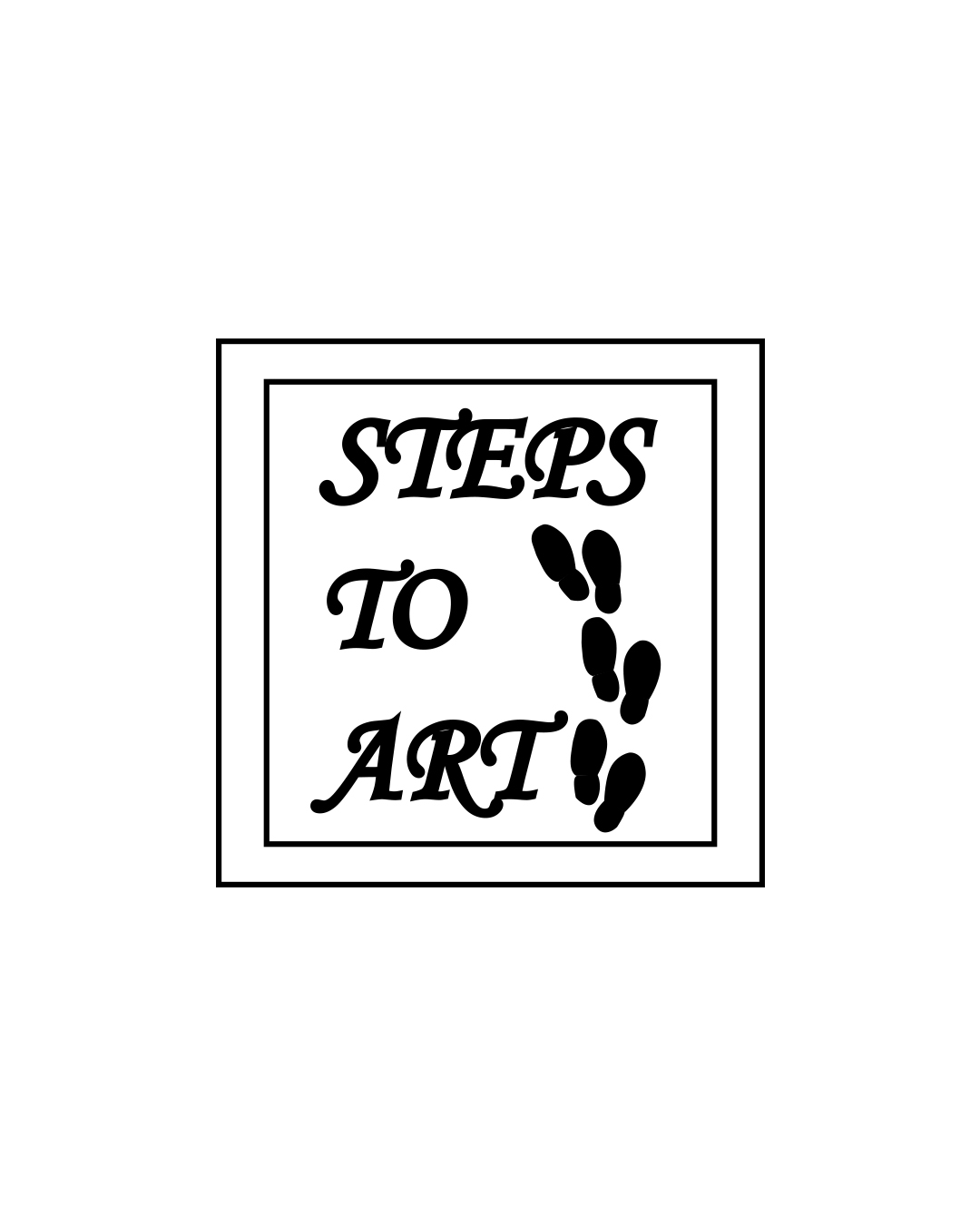On March 11, 1921, a man who would change the history of music was born in Mar del Plata, Argentina. Astor Piazzolla was not just a master of the bandoneon, but a pioneer who reshaped the tango, creating a new musical movement: the Nuevo Tango.
From Tradition to Innovation
Piazzolla's music started from the roots of classical tango, but quickly sought new expressive possibilities. His apprenticeship with Alberto Hinasterra and his studies in Paris under the guidance of Nadia Boulanger led him to a new approach. Combining elements from classical music, jazz and tango, created a hybrid full of intensity, passion and technical excellence.
The Masterpieces of Nuevo Tango
His music is a dialogue between tradition and evolution. "Libertango" (1974) marks his transition from traditional tango to contemporary. "Adiós Nonino" is a lament full of emotion for the loss of his father. "Oblivion" exudes melancholy, while "Milonga del Ángel" offers a deeply poetic dimension to his music.
His influence over time
Although his work initially met with opposition from traditional tango enthusiasts, he is now recognized as one of the most important musicians of the 20th century. His music has been used in films and continues to inspire contemporary composers, musicians and dancers.
Astor Piazzolla was not only an artist; he was a revolutionary of melody, a visionary who breathed new life into tango and turned it into a universal language of emotions. And so, every time his music resonates, he remains alive through his notes.



